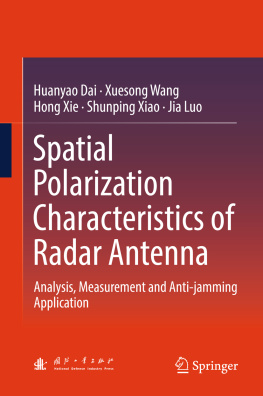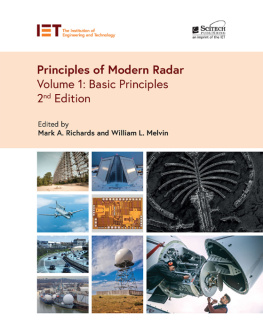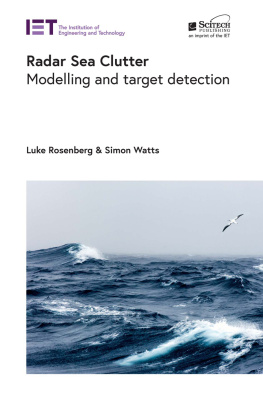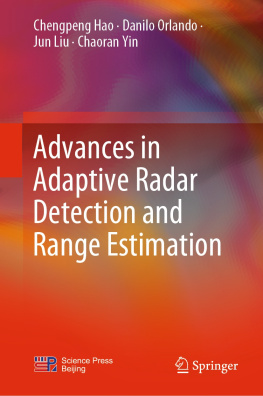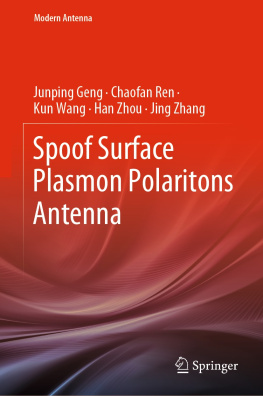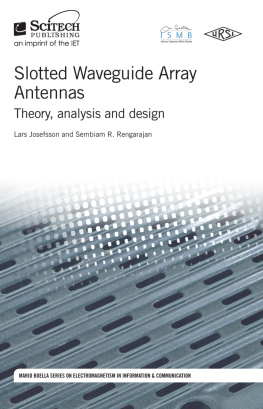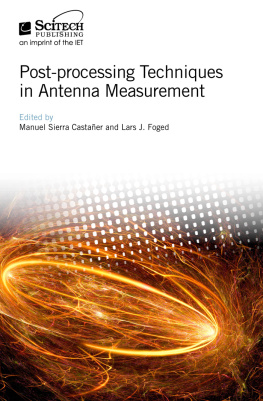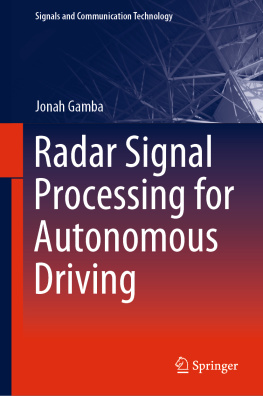1. Introduction
Electromagnetic environment in battlefields turns to be increasingly harsh and complex in future; therefore, various information-processing technologies are hence constantly developed and utilized to enhance the detection or sensing capability of sensor systems. In addition to time domain, frequency domain, and spatial domain, polarization is also important useful information of electromagnetic waves. Acquiring as much polarization information as possible offers great possibility in improving performances of modern radar systems [1, 2]. During the past more than half a century, with the development of radar polarization measurement technology, and the increasing deeper understanding of the scattering characteristics of target electromagnetic wave, we have gained a good many research results in radar polarization science as an important branch of modern radar science, which has greatly drove the growth of radar technology.
Nowadays, research achievements in radar polarization science are mainly in two fields: polarization characterization and polarization characteristics, and acquisition and processing of polarization information. Research in polarization characteristics and characterization provides a basis for the application of radar polarization information. Main aspects of this research are: polarization characterization of electromagnetic waves and radar target scattering electromagnetic waves [1, 2], polarization characteristic of electromagnetic waves and radar target [35], instantaneous polarization and the statistical theory of instantaneous polarization [3, 6], characteristics and characterization of antenna polarization [7], and target optimum polarization theory [1, 5], etc. The ultimate goals of research in radar polarization science are to acquire and process polarization information, and to enhance the detection or sensing especially the anti-jamming capability of radar systems. The content included in this research deals with the following issues: polarized radar data measurement and correction [1, 810], polarization filtering [1120], polarization detection [2129], polarization anti-jamming, extraction of radar target polarization characteristics [1, 2, 30], polarization classification and identification parametric inversion [3035], and imaging of polarized radars [3641].
It is due to the development of basic theory of polarization and the progress of application technology of polarization information that more and more polarized radars have been successfully developed and put into use. A good number of polarized radars have come into being in the USA, Canada, Italy, Germany, France, the UK, and Holland [4245]. Most of these radars are capable of alternatively transmitting two kinds of orthogonal polarization waves and simultaneously receiving two kinds of orthogonal polarized waves to acquire all information on target polarization scattering matrix.
As early as the 1960s polarization measurement radars were invented in foreign countries. During that period, China also spared no efforts in polarized radar development. However, as far as engineering realization is concerned, polarization measurement radar systems are both rather complex and expensive. Just in settling engineering realization issues, we often encounter a lot of difficulties, such as transmission switch-over between polarization channels, channel amplitude-phase consistency correction, orthogonal-polarization isolation, and calibration of measurement systems. Here we take the searching and tracking radars as an example. Improving their polarization measurement capability will probably cause terrible increase in the quantity of equipment in the RF systems, the complexity of the radar systems, and the cost of engineering realization. Therefore, while developing special radars for measuring polarization characteristics of targets, we should seek new technological approaches for solving critical technological problems by fully tapping the potential information of the radar system and the target based on the existing single-polarized radars. Without making considerable modification to the hardware of the existing radar systems and by merely carrying out technical updates, we should effectively improve the capabilities of the radar systems in polarization measurement, tracking, identification and anti-jamming via fully acquiring and using radar antenna and polarization information of the target. Doing so is of great importance, which lays solid theory and technology foundation for future advanced radar. Improving performances and increasing functions of radars at the possibly least cost is not only the pursuit of radar engineering industry but also the trend of radar polarization information processing and utilization.
According to antenna theory, the antenna has a certain fixed polarization style in the far-field region with the given frequency and spatial orientation. The polarization style in antenna radiation field varies with different operating frequency and spatial orientation [46, 47]. It implies that antenna polarization is a function of frequency and spatial orientation, which associated with antenna type. The characteristic variation of antenna spatial polarization is called the spatial polarization characteristics of antenna [4850]. In traditional research, however, this characteristic is intentionally ignored because of different research emphasis and application requirement, or the cross-polarization of antenna is considered to be harmful and avoided to the greatest extent. Do not blindly suppress the cross-polarization of antenna but thoroughly investigate and effectively use the rule of antenna spatial polarization characteristic variation. Antenna spatial polarization characteristic will be broadly used with great attraction. Nowadays, research in the polarization characteristics of electromagnetic waves and antennas and the application of such characteristics is mostly performed in time domain, frequency domain and joint time-frequency domain. Research in aspects of antenna spatial polarization characteristic variation, its distribution rule and application has not yet been reported.
With the electromagnetic environment in modern battlefields getting increasingly harsh and complex, the following aspects have become the basic topics and compelling tasks currently in the research of radar polarization technology: fully acquiring and utilizing polarization information of electromagnetic waves and radar antennas to study the radar antenna spatial polarization characteristics and further extend and perfect the theory regarding polarization characterization and polarization characteristic; fully acquiring and utilizing electromagnetic information obtained by radar sensor systems; improving capability of radar systems in acquisition and processing of information so that they are adaptive to the complicated and changing electromagnetic environment in battlefields.

